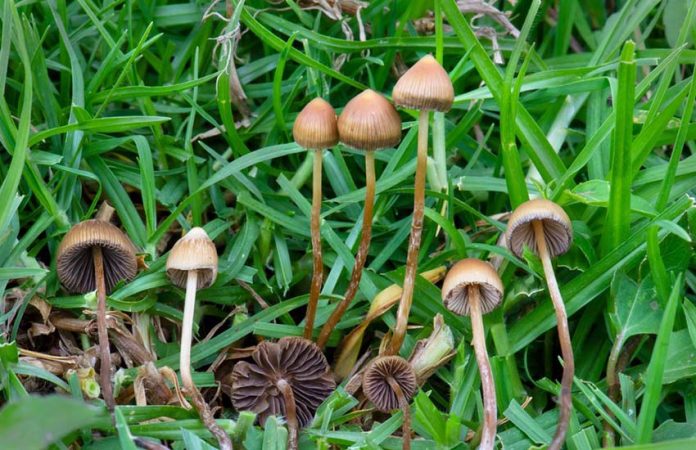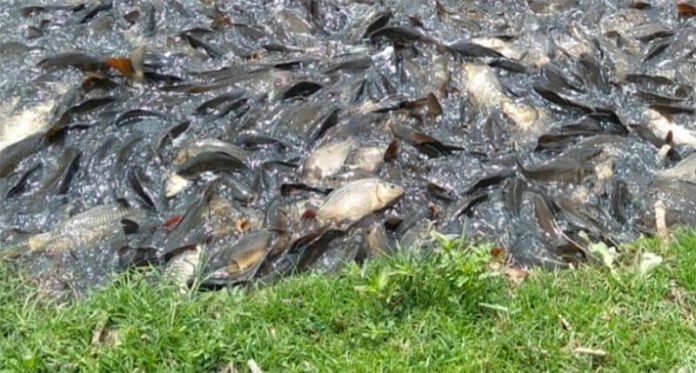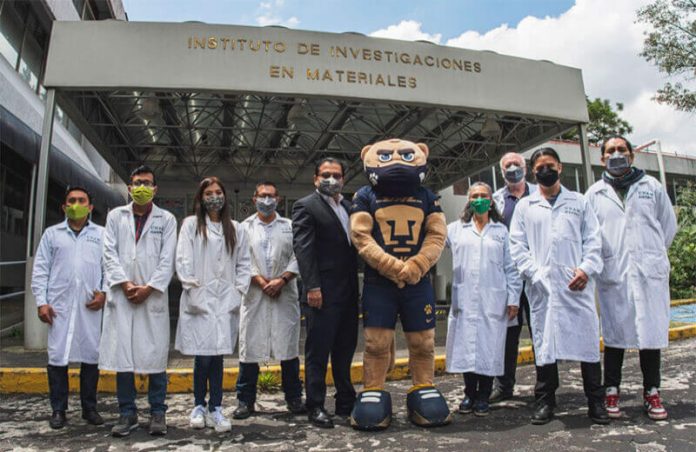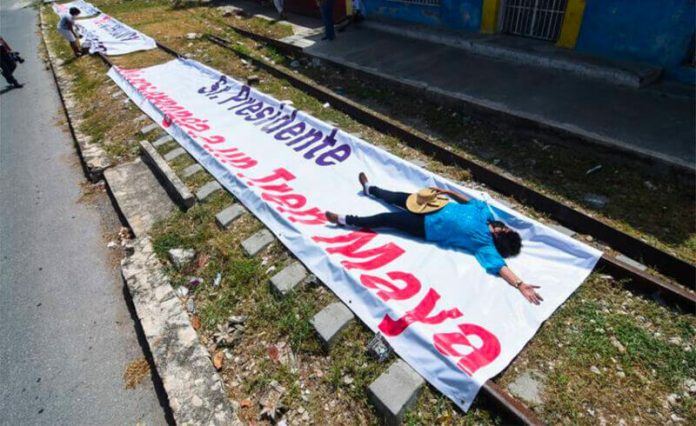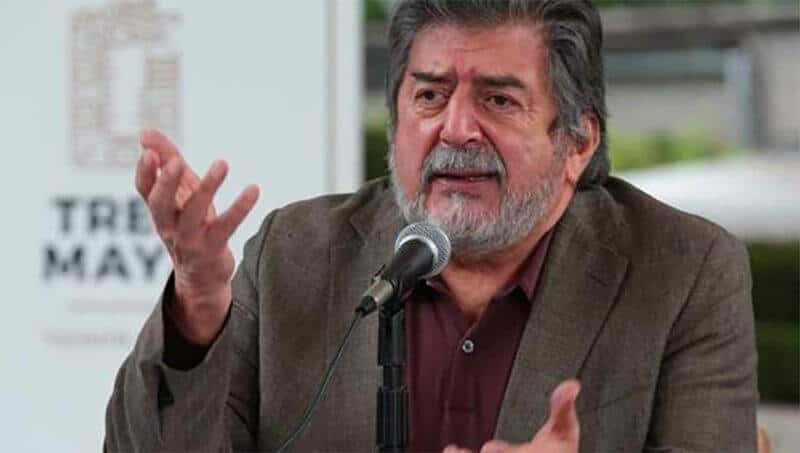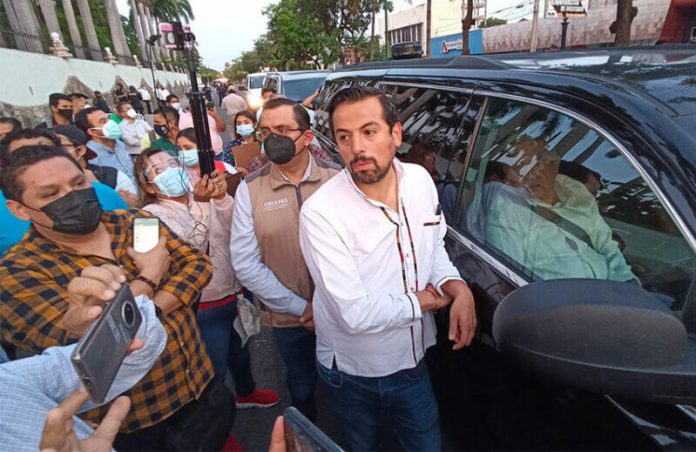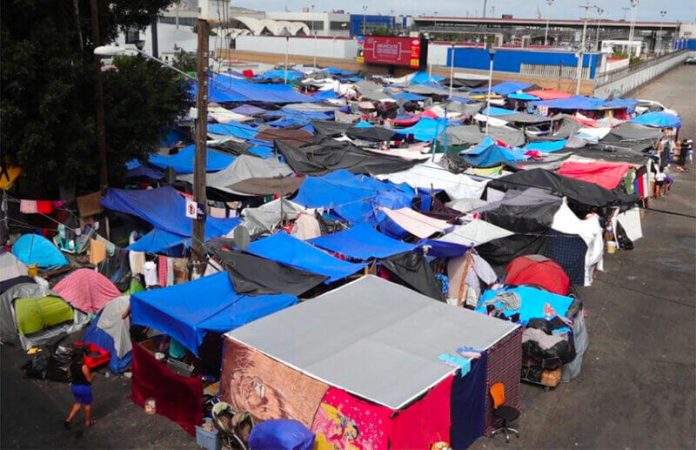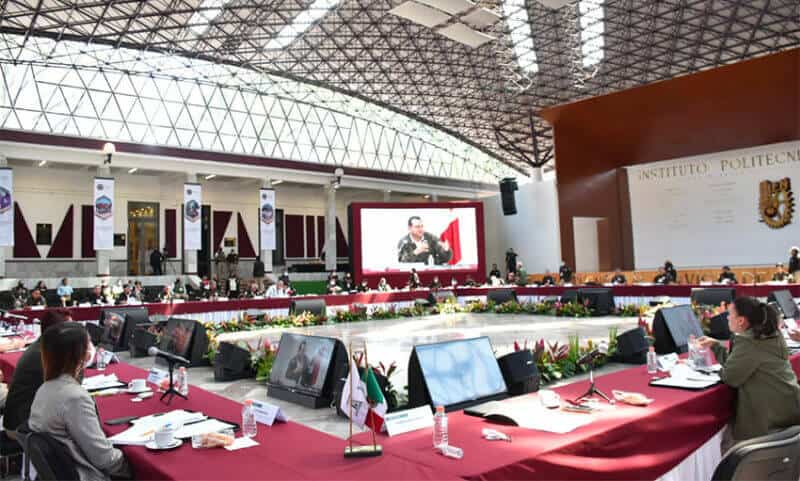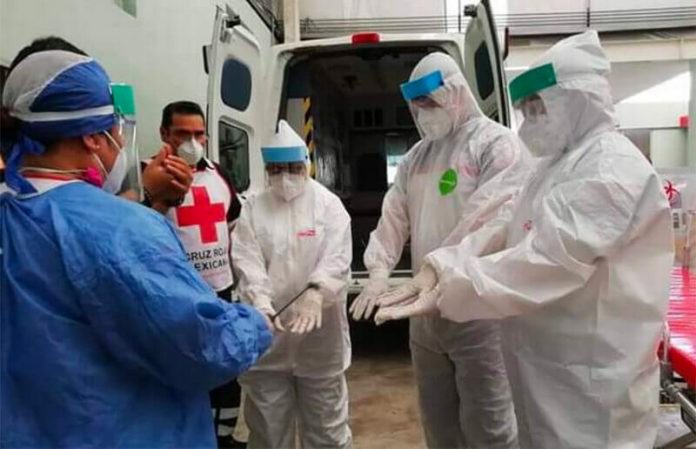The velada is a ritual involving the consumption of mushrooms containing psilocybin, a compound said to induce mystical experiences. It’s a ceremony that is uniquely Mexican in one sense and truly universal in another.
Perhaps it was first described in English by R. Gordon Wasson when he wrote about his experience taking these mushrooms in Oaxaca in 1955. Once the story was told in Life magazine, it quickly escaped the borders of Oaxaca, and Mexico, and became part of the great debate on who we are and where we came from.
Long ago, native peoples of Mexico and beyond discovered that eating certain mushrooms could allow people to see the world around them with new eyes, bypassing the conditioning imposed upon us by society, bypassing our lamentable tendency to take ourselves and our universe for granted.
For a few moments, those mushrooms could give people an unfiltered look at reality and remind them that they are participants in …
In what?
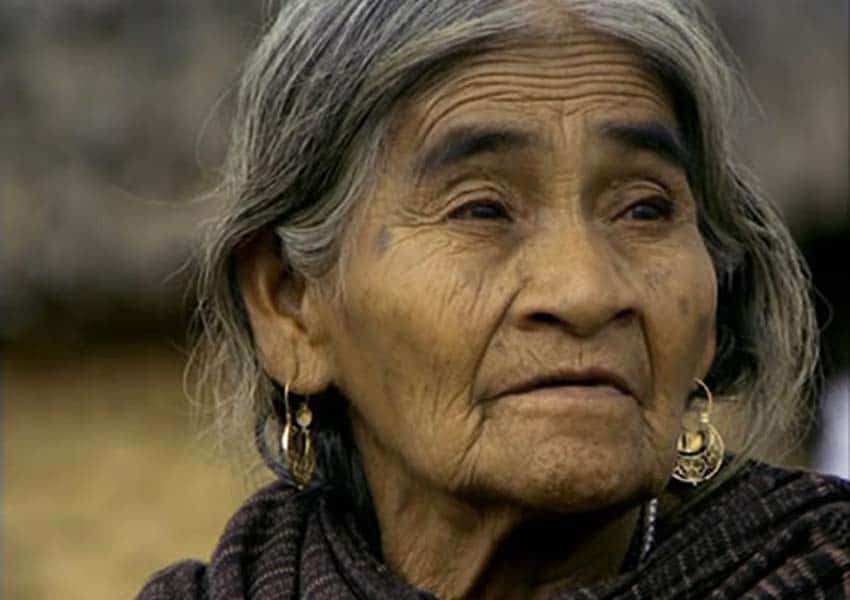
I wanted to find out in what. So, not without some trepidation, I accepted an offer to participate in a psychotropic-mushroom velada, an event organized and watched over by someone who knew how to do it right.
First, we were handed a little jar filled with three grams of finely powdered Psilocybe cubensis. I’m not quite sure if “eating” is the right word to use when you are washing powder down your throat (with water or juice), but that’s what we did.
Then we sat on the ground, on mats, and our guide invited us to think of the goals or benefits we would like to get out of this experience.
I looked for something that might be helpful to prepare for death — not far off if you are 80 years old. I hoped that this experience might help me grow in awareness because I learned long ago that growth in awareness is the purpose of life and that awareness is the only thing we take with us from this life to the next.
Now we all lay down, facing the sky above us. It was night. The beautiful meditation-inspiring music that was playing eventually dominated my whole being.
With each new piece of music, I seemed to be going deeper and deeper into a vortex. During some of these musical spirals, my breathing was labored and difficult — just recalling the experience brings on a similar effect.
At a certain point, I felt cold, even though I was wearing several layers of clothing and I was inside a sleeping bag. Then a new piece of music would begin and I would think that maybe I had reached the end of all the spiraling, that the velada was over. But then a new melody would start, and I would feel another strange sensation: numbness in my mouth and lips and, in the following round, a tremendous thirst.
Again, I would be convinced that it was all over and that I was going to be headed home, but then yet another round would begin, spiraling deeper and deeper.
Every once in a while, our guide would come by and place a hand on my shoulder. This felt wonderful, a connection with the world I had left behind, a reminder that I had a friend watching over me, who would not let anything bad happen to me.
What was truly bizarre was that I would feel that reassuring hand not on the place where my eyes said I should be feeling it.
Reflecting on it afterward, I think that our mind must normally monitor or meld or coordinate the two inputs of touch and sight, but in this case, that helpful assistance was missing. The touch was “coming in raw,” so to speak.
After a few more minutes, I started noticing something strange. There now seemed to be a net overhead in the area where we were all lying. It looked completely real and only seemed remarkable to me because I couldn’t recall seeing it earlier in the evening before the psilocybin session began.
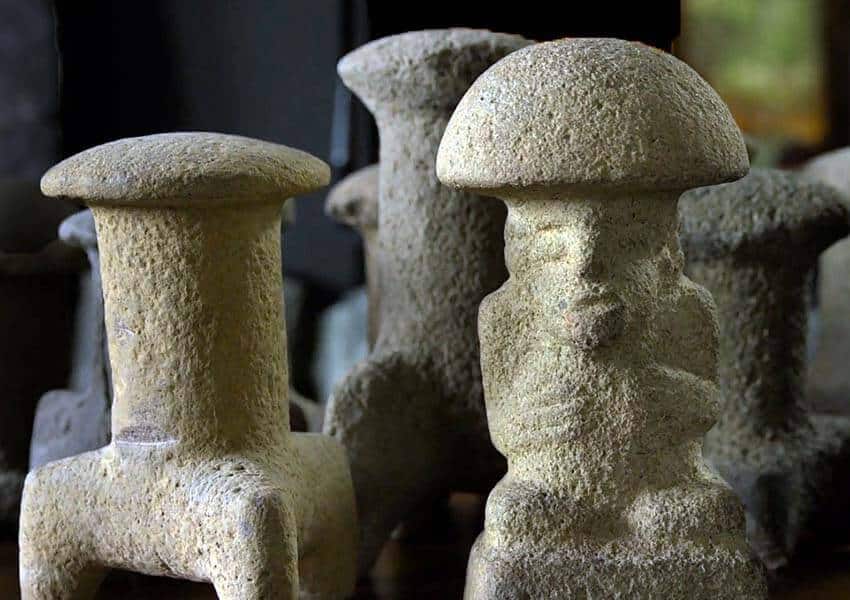
The fibers of the net were light in color, more or less white, and the size of the spaces in the mesh looked too big for it to be a fish or bird net, but this was hard to judge because it was several meters above my head. Only later, when I stopped staring straight up and started looking around, did I realize that the net was everywhere; it was not just horizontal but vertical — it was stretching this way and that, connecting everything. I was later told that “everybody who takes the mushroom sees that net.”
Now, our guide had mentioned before we started that if we needed to go to the bathroom, we just had to raise a hand and he would take us there. “Don’t worry, you will be able to do that without a problem,” we were reassured.
So, after what seemed like hours and hours — an eternity of spirals — I felt that I really did have to go to the bathroom, and that if I didn’t do it soon, there was going to be an accident inside that sleeping bag. So the next time my guide came by, I said, “I think I need to go to the bathroom.”
Curiously, it was only when I tried to get out of the sleeping bag that I realized I was actually in an altered state of consciousness.
It began when I tried to untie the strings of my sweatshirt hood. The thread felt unusual; I kept sliding my fingers along it, greatly enjoying the sensation. And then there was the knot … yes, that knot was intriguing! It seemed to take me a long time to undo it, and untying it felt like a most interesting project … as was the act of unzipping the sleeping bag. It felt like I spent ages just to get the zipper moving, and I was enjoying every moment of the experience!
Standing up, and then taking my first step, each felt like colossal and significant achievements, and my guide mentioned that it was like learning to walk all over again.
Actually, it was not. If you want to see learning to walk in action, just start watching babies. It’s a slow, trial-and-error process that begins long before they reach the point of standing up, involving preliminary projects like sitting up and crawling.
No, this was not learning to walk, but, yes, it was experiencing the process in a new way, as if someone else were doing the walking with me inside that body as an observer.
The act of walking and of climbing a few steps, the vibrant colors of the living room, everything grabbed my attention. Entering the bathroom was almost overwhelming, something like materializing inside the space station in the film 2001 A Space Odyssey. I was suddenly surrounded by strange and wonderful things.
The towel, the mirror, the faucet, everything in that little room was as fascinating to me as the treasures in an exotic antique shop. I could have spent hours just making faces at myself in the mirror or simply feeling the texture of the towel over and over, but I knew that other people might want to use the bathroom, so having accomplished my mission, I stepped back outside and accepted a glass of jamaica (hibiscus flower juice) from my guide … and oh — the taste of it!
Again, I would have been happy to spend the rest of my life just savoring that drink. But back I went — slowly — to my sleeping bag from which I watched in fascination two phenomena in the trees above me:
One was the transformation of a big, leafy tree into a series of giant faces, all of them suggesting an old, bearded man. “I can’t say who this is,” I told myself, “but it sure looks like the Great Spirit observing his handiwork, his children. He uses trees to watch over us,” I thought, “but not pine trees.”
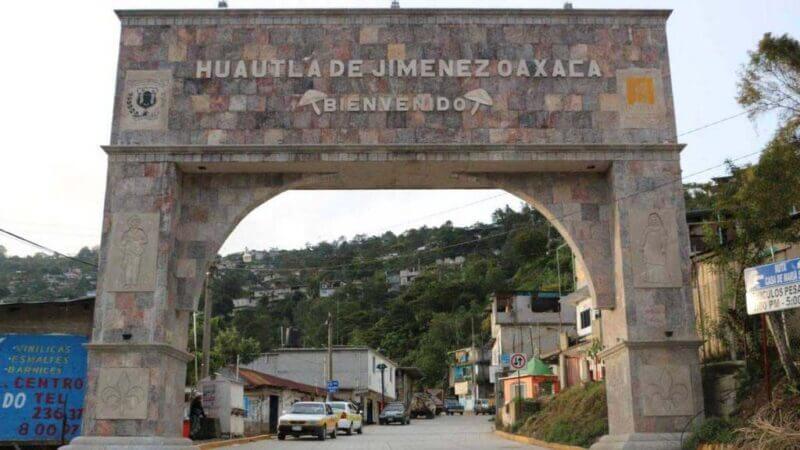
The other phenomenon I observed during my last moments of being in an altered state was the presence of intermittent blue lines in the sky. These lines were very thin and usually long and curving. They were very different from the “net” or mesh I mentioned earlier, as they were irregular and disconnected like long, lazy flashes.
These blue lines, I discovered, could only be seen out of the corner of my eye. If I deliberately looked for them, they would disappear. But I could spot them again easily by looking somewhere else and observing them with peripheral vision.
Hmm, two different networks of energy? I think Neil de Grasse Tyson, Kip Thorne and a few dozen more physicists ought to get together and observe these displays of energy while under the effect of the mushroom. A few theories about the nature of energy and the universe might get turned upside down.
This experience — which I would classify as the most important event in my life — ended after about five hours. I then rolled up my sleeping bag, said goodbye to my guide and walked out the door into the quiet night at 1 a.m. After what I felt had been an earthshaking experience, I was quite surprised that I was capable of walking home by myself … and my guide assured me that people can drive home after a velada without the slightest problem.
All of the above happened around one year ago. Most of this account was written a few days afterward, and the act of writing about it brought so much back that I felt obliged to wait a year before opening my notebook again.
Psilocybin has already proven its value in treating depression and anxiety, and I suspect that it may someday play an important role in understanding the origins and purpose of the human race.
The writer has lived near Guadalajara, Jalisco, for 31 years and is the author of A Guide to West Mexico’s Guachimontones and Surrounding Area and co-author of Outdoors in Western Mexico. More of his writing can be found on his website.
